Discussion on the Application of Fluid Mechanics in Sailing
DOI: 10.23977/jemm.2023.080308 | Downloads: 28 | Views: 1426
Author(s)
Yujie Liu 1
Affiliation(s)
1 Jiangsu Tianyi High School, Wuxi, China
Corresponding Author
Yujie LiuABSTRACT
As an ancient and charming navigation tool, the design and performance of sailboats have always been the focus of attention in the field of navigation technology. This article aims to explore the application of fluid dynamics in the design and performance optimization of sailboats. This article first introduces the basic concepts and principles of fluid mechanics, and then explores the applications of fluid mechanics in the resistance, lift, and stability of sailboats. By analyzing the design and optimization of different types of sailboats, the important role of fluid mechanics in improving sailboat speed, reducing resistance, optimizing sail shape, and ship stability has been revealed. This article emphasizes the value and potential of fluid mechanics in the field of sailing through case analysis, providing useful reference for future sailing design and technical research.
KEYWORDS
Fluid mechanics, sailin, resistance, lift, stabilityCITE THIS PAPER
Yujie Liu, Discussion on the Application of Fluid Mechanics in Sailing. Journal of Engineering Mechanics and Machinery (2023) Vol. 8: 52-56. DOI: http://dx.doi.org/10.23977/jemm.2023.080308.
REFERENCES
[1] Bai Ling, Zhao Jiayu, Ju Yansong. Application of Artificial Intelligence in Mathematical Modeling of Ship Navigation [J]. Ship Science and Technology, 2023, 45 (8): 173-176.
[2] Zhu Wei, Wang Guohua. On the Development of Fluid Mechanics - Starting from the Commemorative Conference of Batchelor's Centennial Birthday [J]. Journal of Mechanics, 2023, 55 (1): 24-37.
[3] Chen Huang, Lin Xiongping. Application of Computational Fluid Dynamics in Ship Manoeuvring Motion Simulation [J]. Ship Science and Technology, 2022, 44 (14): 40-43.
| Downloads: | 11003 |
|---|---|
| Visits: | 416036 |
Sponsors, Associates, and Links
-
Cybernetics and Mechatronics
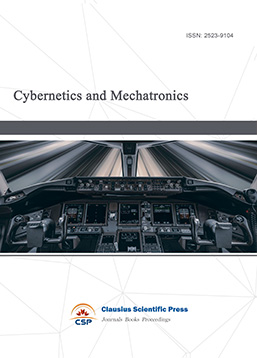
-
Digital Manufacturing and Process Management
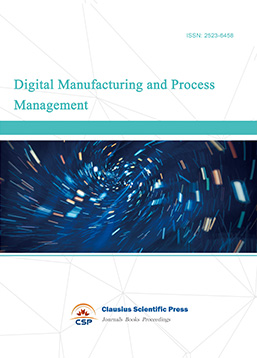
-
Ultra-Precision Machining Process

-
Journal of Robotics and Biomimetics
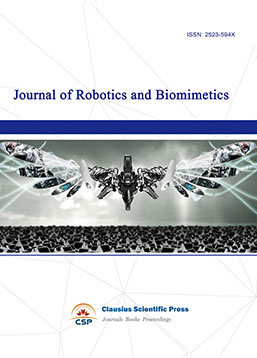
-
Prognostics, Diagnostics and Health Management

-
Micro-Electro-Mechanical Systems

-
Journal of Precision Instrument and Machinery
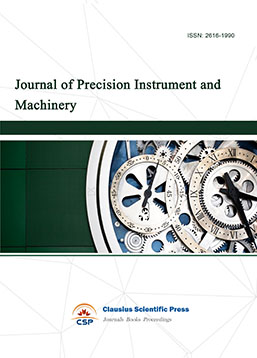
-
Engineering and Solid Mechanics

-
Fracture and Damage Mechanics
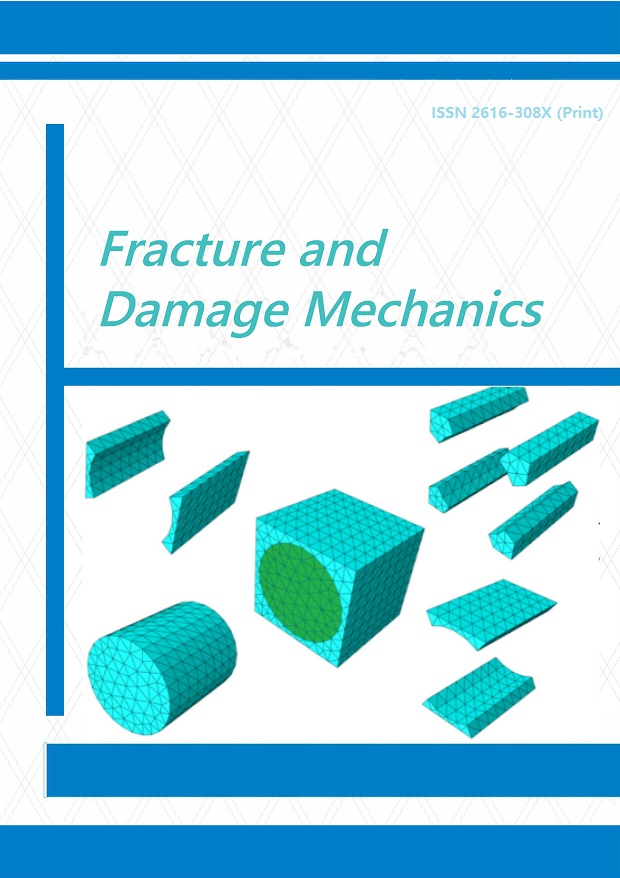
-
Frontiers in Tribology

-
Fluid and Power Machinery

-
Chemical Process Equipment
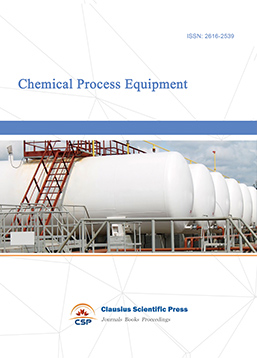
-
Journal of Assembly and Manufacturing
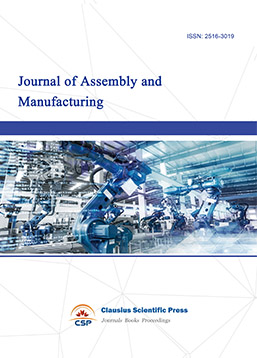
-
Mechanical Vibration and Noise


 Download as PDF
Download as PDF